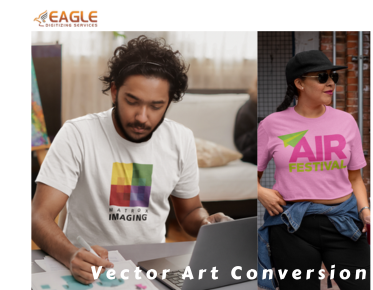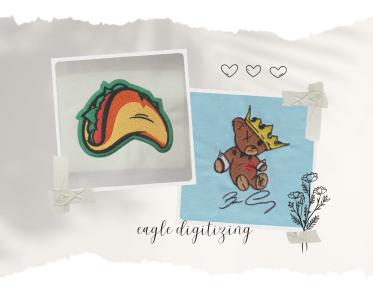How are accessible 3D design tools enabling creators to integrate interactive 3D elements into vector workflows?
The rise of accessible 3D design tools has significantly transformed how creators integrate interactive 3D elements into vector workflows. Traditionally, vector graphics have been 2D representations, used primarily for illustrations, graphic design, and logos. However, with technological advancements, there's a seamless fusion happening between 2D vector graphics and 3D designs, allowing creators to produce more dynamic and engaging visual content.
Accessibility of 3D Design Tools
The accessibility of 3D design tools has been a game-changer for designers and artists. With the availability of numerous user-friendly applications that do not require extensive technical knowledge, more creators can explore 3D designs. These tools come with intuitive interfaces and simplified processes that make 3D modeling more approachable. The support for integrating these models into existing vector workflows also means that creators can easily enhance their projects without changing their foundational design processes.
Integrating 3D Elements into Vector Workflows
Integrating 3D elements into vector workflows involves a combination of software that supports both 3D and 2D graphics. Applications that can render 3D models into vector formats enable designers to embed these interactive elements into their vector projects. For instance, designers can convert 3D renders into vector formats like SVG, allowing them to maintain scalability and geometric precision. This integration is made possible by software that supports export and import between different formats, bridging the gap between 3D and 2D environments.
Applications and Impact
The integration of 3D elements into vector workflows expands creative possibilities. For marketing agencies, this means being able to present more engaging and interactive content to clients. For educational content creators, it allows more immersive and illustrative ways to visualize concepts. Moreover, vector art services online can now offer enhanced services by including interactive 3D graphics in their portfolio, but maintaining the simplicity and sharpness that vector images provide is key here.
Challenges and Opportunities
While there are challenges, such as ensuring that these 3D elements do not overcomplicate the vector graphics or increase the computational demands on viewing devices, these are being mitigated by optimization tools and techniques. Moreover, platforms like Eagle Digitizing are continuously innovating to offer solutions that make the blending of these two formats as seamless as possible for creators and businesses alike.
Future Directions
Looking forward, we can anticipate more advanced capabilities in both 3D and vector design tools. With the ongoing evolution of VR and AR technologies, integrating interactive 3D elements will likely become more intrinsic to vector workflows, allowing for the creation of even more sophisticated designs. As the technical barriers continue to diminish, this blend of 3D and 2D design is poised to redefine digital artwork creation across various industries, opening up new avenues for creativity and expression.
The interplay between 3D and vector workflows represents an exciting frontier where technology and art meet. How might the future development of even more unified tools change the landscape for designers even further?
.png)


